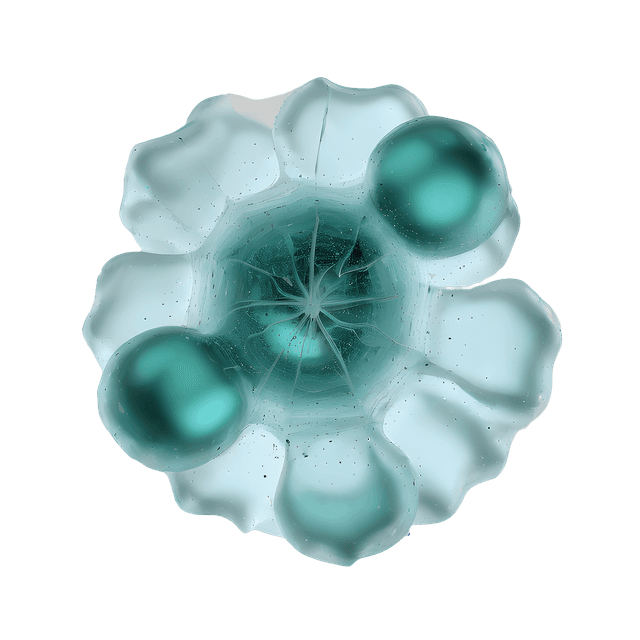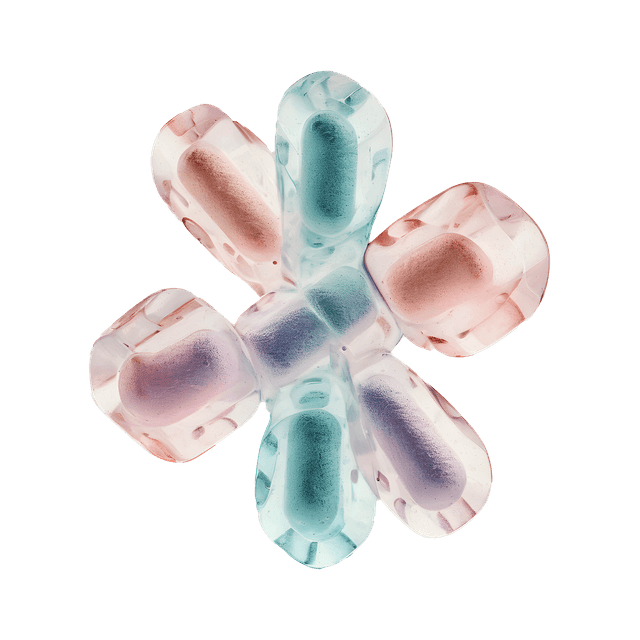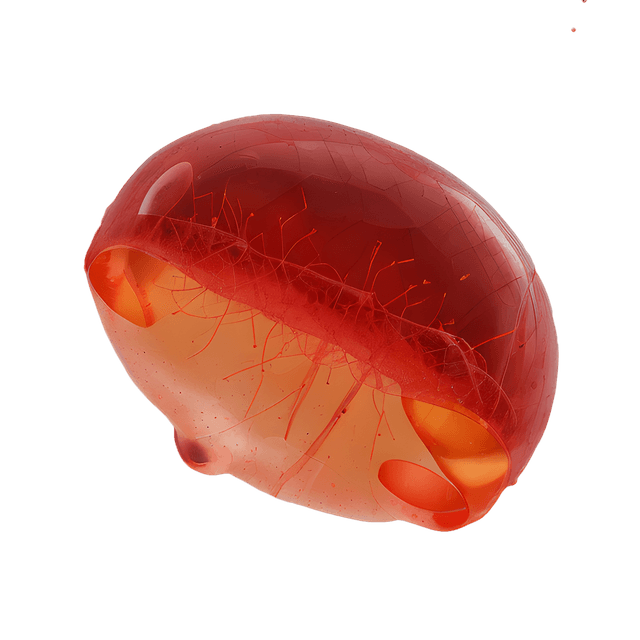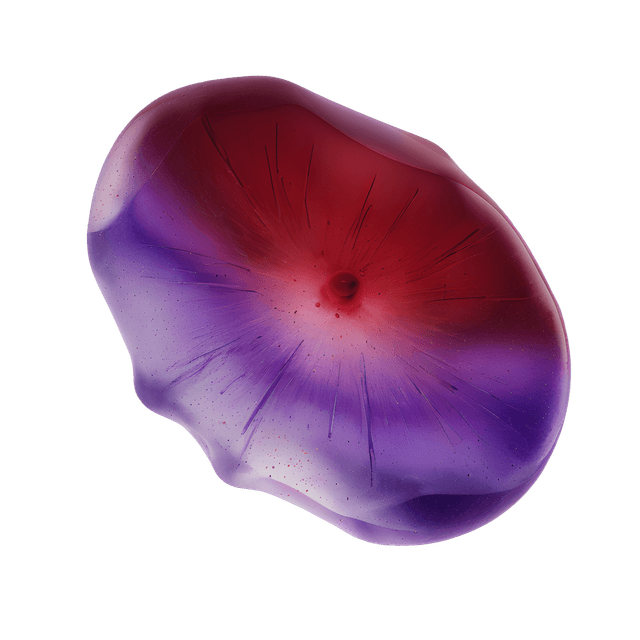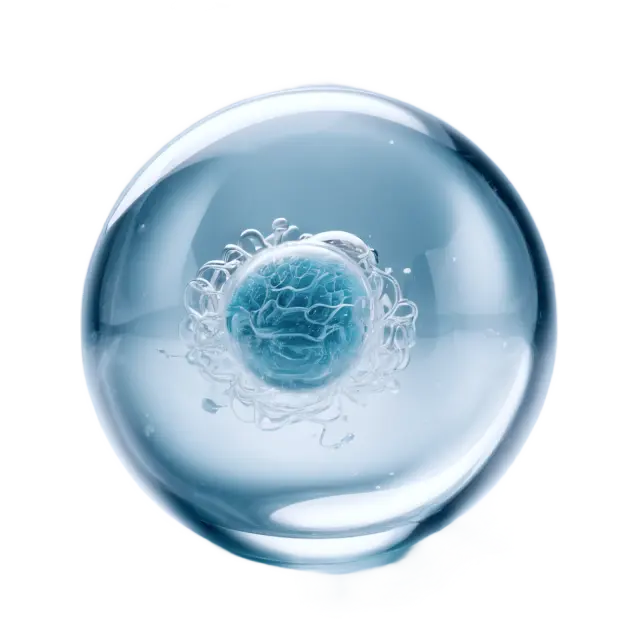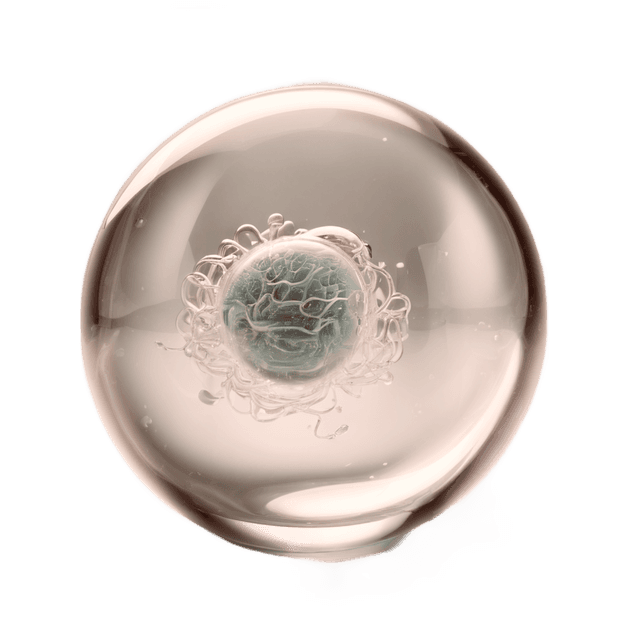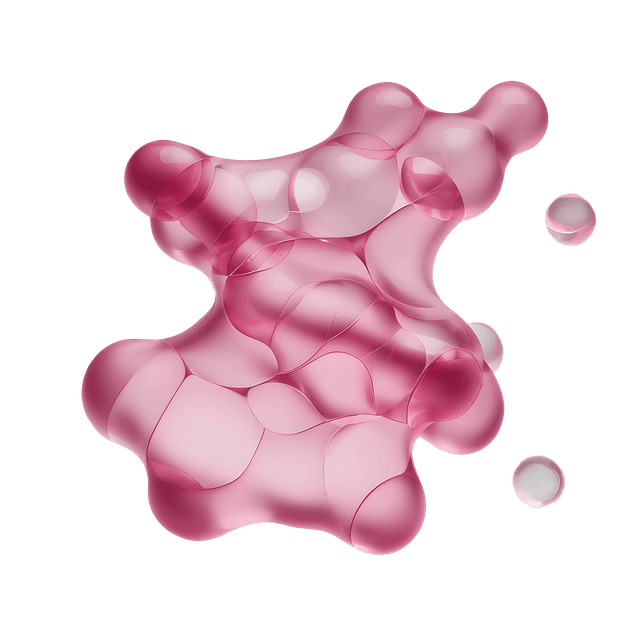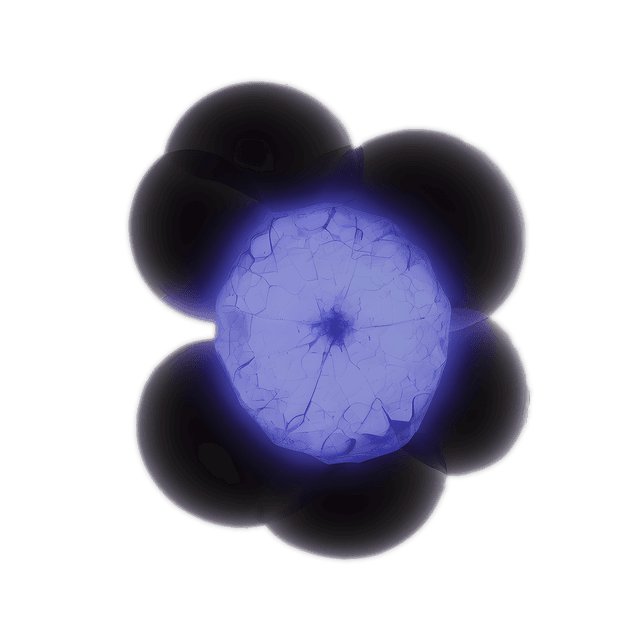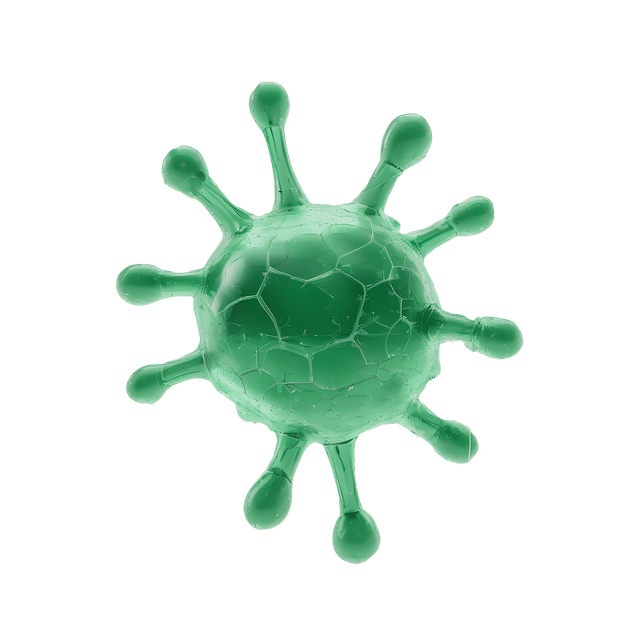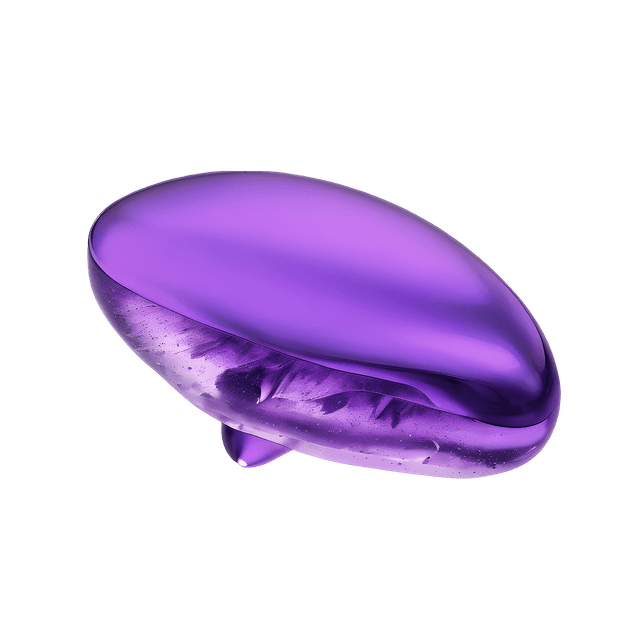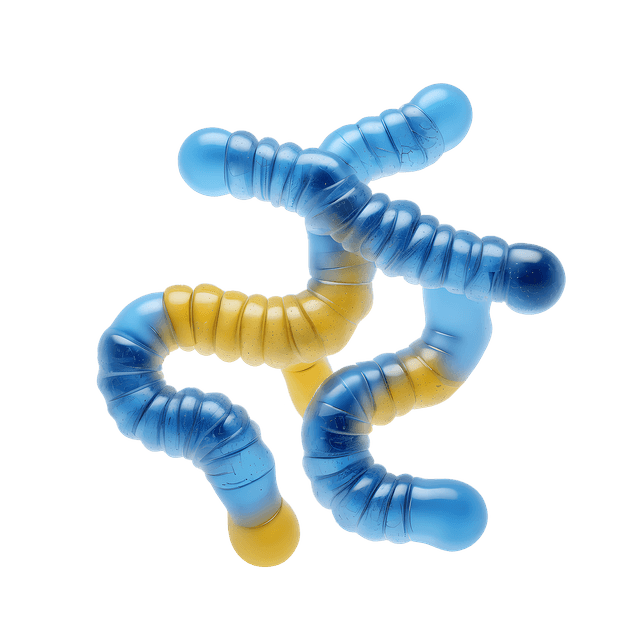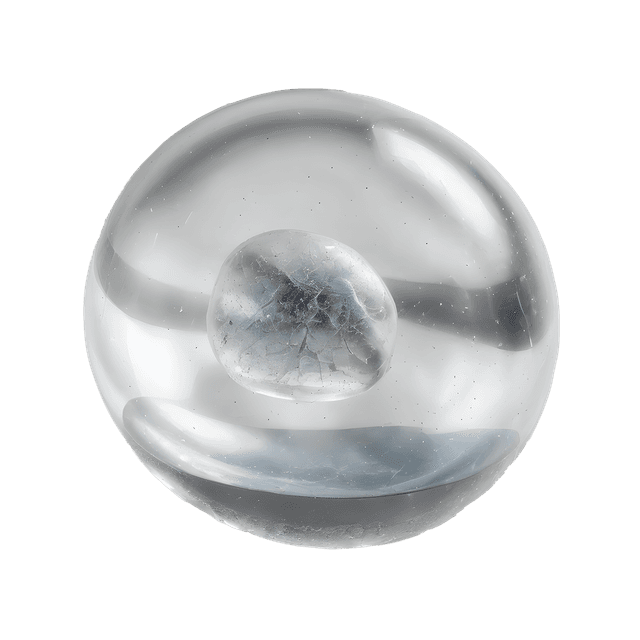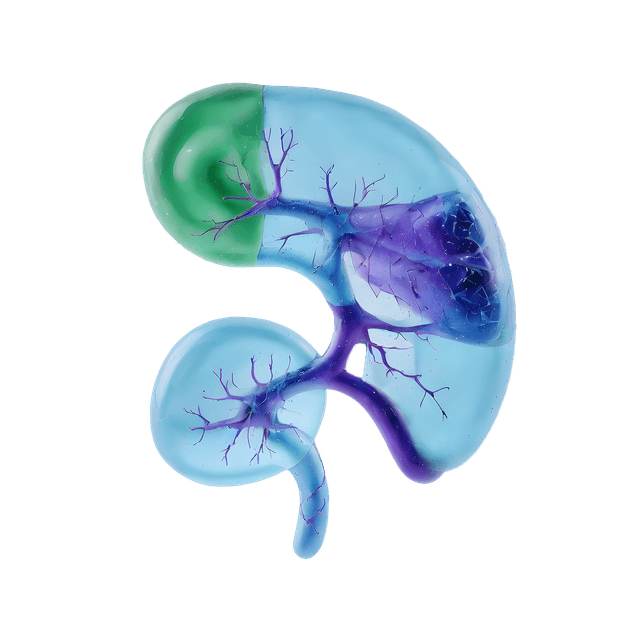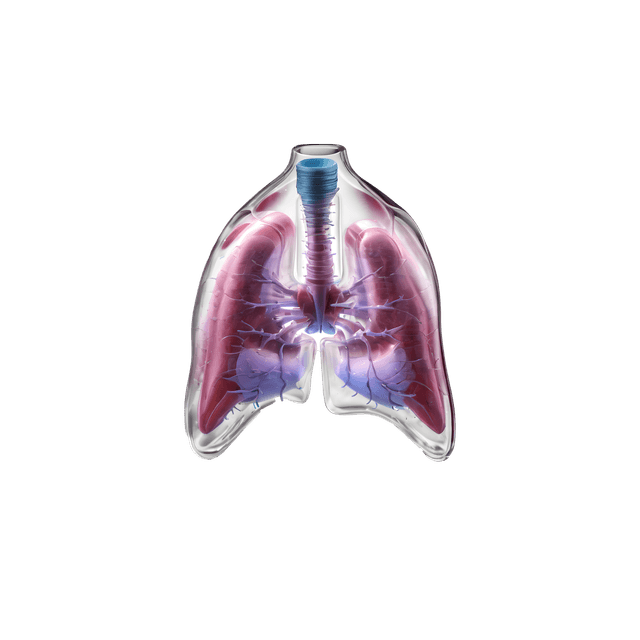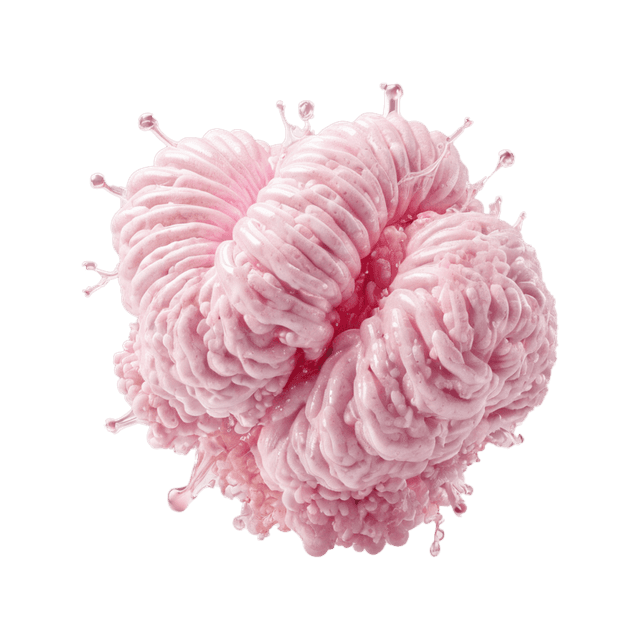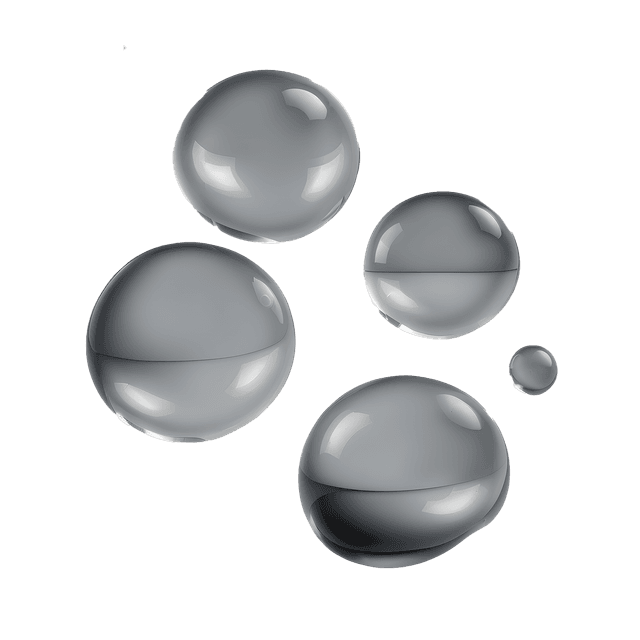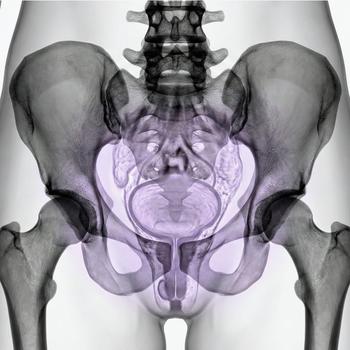Quick version
Ovarian cysts are very common and usually completely harmless. They form as fluid-filled sacs on or in the ovary, usually in connection with ovulation, and often disappear on their own within a few months. However, some cysts can grow, cause pain or require follow-up – especially if they are large, do not go away or are discovered after menopause.
Most women do not notice their cysts at all, but symptoms such as a dull ache in the lower abdomen, a feeling of pressure, irregular menstruation or sudden pain may occur. Diagnosis is usually made by vaginal ultrasound, and sometimes the investigation is supplemented with MRI of the pelvis to assess the nature of the cyst.
Treatment is rarely needed. If necessary, hormonal treatment can stabilize ovulation, and surgery is only considered if the cyst grows or causes discomfort. Most cysts heal spontaneously and only require monitoring, but if there is severe pain or suspicion that the cyst has ruptured, you should always seek medical attention.
Discovering an ovarian cyst can be worrisome, but in most cases it is no reason to panic. Cysts are a natural part of many women's hormonal cycle and the body often handles them on its own. Sometimes they are not noticeable at all, while in other cases they can cause aching breasts, pressure or irregular periods. Understanding what type of cyst it is is crucial to knowing whether it needs to be followed up or not.
So what exactly is an ovarian cyst?
A cyst is a fluid-filled sac that forms on or in the ovary. It is common and in most cases completely harmless. Cysts often occur as a natural part of ovulation, and many women do not even notice that they have had one. Most disappear within a few weeks or months without treatment.
Different types of cysts – and how they differ
The type of cyst determines whether it is harmless or needs to be followed up. Here are the most common types:
- Follicular cyst: Most common. Occurs when the egg sac does not rupture during ovulation. Often disappears spontaneously.
- Corpus luteum cyst: Forms after ovulation. Can sometimes cause mild pain in the uterus but is harmless.
- Endometrial cyst (“chocolate cyst”): Contains old blood and occurs with endometriosis. Often requires follow-up.
- Dermoid cyst: Benign congenital cyst that grows slowly and rarely causes symptoms. Removed if large.
- Polycystic ovary syndrome (PCOS): A condition in which many small cysts form and affect hormone balance. Often requires medical evaluation.
What does an ovarian cyst feel like?
Most cysts cause no symptoms at all and are discovered by chance. However, if the cyst grows, ruptures, or presses on other organs, you may notice:
- A dull or one-sided pain in the lower abdomen
- A feeling of pressure or swelling in the pelvis
- Pain during intercourse or physical activity
- Irregular menstrual periods
- Sudden, severe pain if the cyst ruptures
When is a cyst harmless and when does it need investigation?
Small, fluid-filled cysts discovered in women of childbearing age are almost always harmless. They do not require treatment and often disappear spontaneously. However, you may need follow-up or investigation if the cyst:
- is larger than about 5–7 cm
- does not disappear after several menstrual cycles
- causes recurring pain or pressure
- contains solid tissue or looks irregular on ultrasound
- is discovered after menopause
In these cases, the doctor will want to assess whether the cyst may be hormonal, endometriosis-related or, in rare cases, tumor-related. For younger women, cysts are almost always benign, but after menopause they are more often followed up with a vaginal ultrasound or MRI scan to rule out changes that require treatment.
What tests are done for ovarian cysts?
If a cyst is suspected, the investigation usually begins with a gynecological examination and a vaginal ultrasound. The ultrasound makes it possible to see the size, contents and shape of the cyst, which provides important information about whether it is a fluid-filled, mixed or solid change.
If the cyst does not look completely typical or if it does not disappear during follow-up, the doctor may recommend further tests, for example:
- Blood tests: To assess hormone balance (for example FSH, LH, estradiol, AMH) and in some cases tumor markers such as CA-125 if more serious changes are suspected.
- Vaginal ultrasound during follow-up: Often done after 1–3 months to see if the cyst has disappeared or changed.
- MRI pelvic: An MRI scan that provides a very detailed image of the ovaries, uterus and surrounding tissue. MRI is used when ultrasound does not provide sufficient information or when more precise mapping is needed before possible treatment. MRI pelvic can also be booked directly through us.
- Laparoscopy (keyhole surgery): Used less often but may be necessary to remove or examine the cyst when the diagnosis is uncertain or if the cyst is causing pain.
The choice of examination depends on the appearance of the cyst, your symptoms and whether you are pre- or post-menopausal. Most cysts are benign and go away on their own, but through proper investigation, cases that need follow-up or treatment can be quickly identified.



